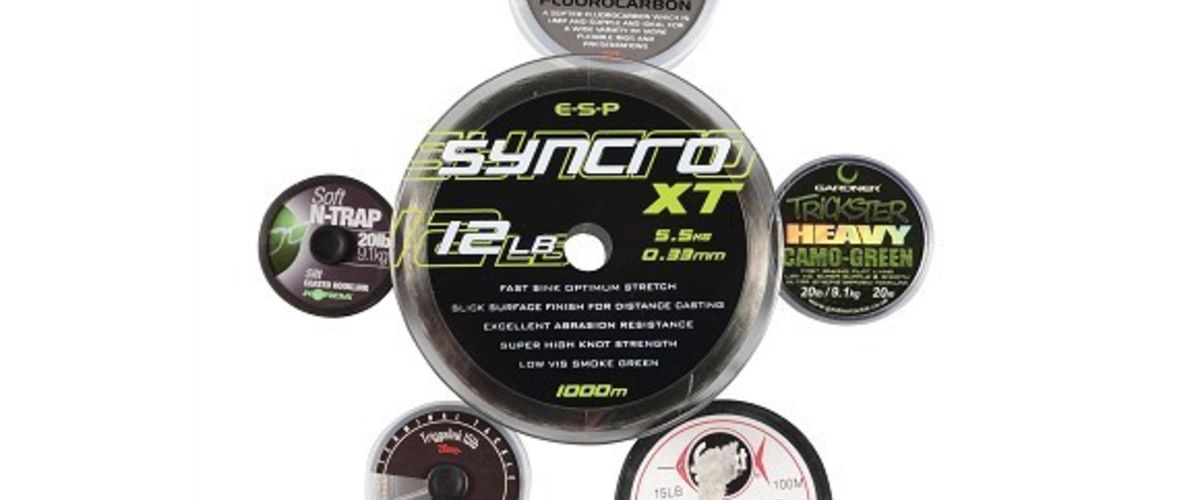
Your complete guide to hooklink materials
Unsure which one to use? Monofilament, coated braid, elasticated, Amnesia, supple braid, fluorocarbon? Read on!
Monofilament
The slight rigidity of the material makes it a very good hooklink material for anti-tangle and the thin nature of the material also makes it very hard for the carp to detect. Couple this with the cheap price and it is an awesome product for the angler on a budget.
A good example: ESP Syncro XT
Coated braid
Coated braid is easily the most used hooklink material in modern-day carp angling. It’s very versatile and can be used to create a multitude of different rig presentations. It’s generally fast sinking, very abrasion resistive and it comes in a range of different stiffness and colours.
A good example: Korda Soft N-Trap Coated Hook Link
Elasticated
One of the newest hooklink products available. Out of water it acts and behaves just like a normal braid, but once underwater, it contracts and becomes elasticated, adding a new edge to a standard hooklink material.
A good example: Nash Triggalink
Amnesia
Amnesia is a very stiff and rigid hooklink material. Mainly used to create the very popular Hinged Stiff Link, the hooklink has been around for many years and it’s still as popular now as it has ever been.
A good example: Sunset Amnesia
Supple braid
Supple braid is a really thin and soft hooklink material that is now being used a lot more than in recent years. For fishing over small food items and also for short hooklinks inside solid PVA bags, supple braid is definitely the material you need!
A good example: Gardner Trickster Heavy
Fluorocarbon
Fluorocarbon is a very good hooklink material for gin-clear lakes. The hooklink has a slight stiffness, which helps with anti-tangle during casts and it aids with hooking properties. A popular presentation with fluorocarbon is the Combi Rig.
A good example: ESP Soft Ghost


